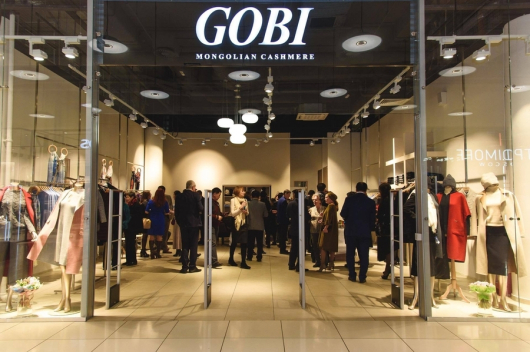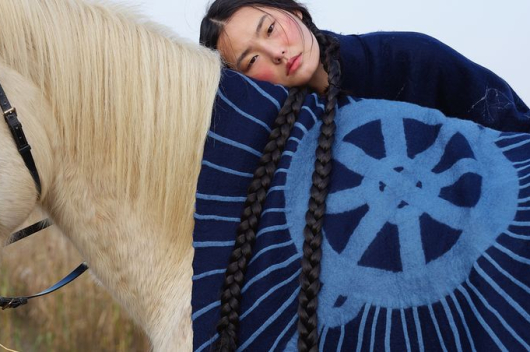Once a rare luxury, fashion items made from cashmere are now readily available from most High Street and online fashion retailers in the UK, US and other developed countries. With global prices having risen more than 60% since the 1980s, the world cashmere clothing market was valued at $2.5bn (£2bn) in 2018, according to a UN report. This is projected to reach $3.5bn by the end of 2025.
Mongolia is the world’s second-largest producer of raw cashmere after China, accounting for approximately a fifth of global supply. It is the country’s third-largest export after copper and gold, and the total amount produced has risen sharply in recent years.
But while the country’s cashmere is considered by many people to be the highest quality, much of it ends up in China where it is blended with Chinese wool. For a jumper, about four goats are needed, and last year’s average price was 130,000 Mongolian tugriks ($47; £36) per kilo.
About 90% of Mongolian raw cashmere production is currently sold to Chinese brokers, who usually sell on to Chinese-owned processing companies in Mongolia, says Zara Morris-Trainor, an associate consultant at the Sustainable Fibre Alliance. The organisation works with brands such as Burberry, J Crew and M&S. These Chinese processing companies typically wash and scour the raw cashmere, before exporting it to China for further processing and production of garments.
The dilemma for Mongolia is that with global demand for cashmere continuing to rise strongly, how can the country earn more money from selling it, at the same time as reducing the industry’s environmental impact?
About 70% of this once verdant land has now been damaged, mostly due to overgrazing. The main culprit is the country’s estimated 27 million cashmere goats, which are farmed for their highly-prized wool.
Source: BBC
 3,573.69
3,573.69












Related News